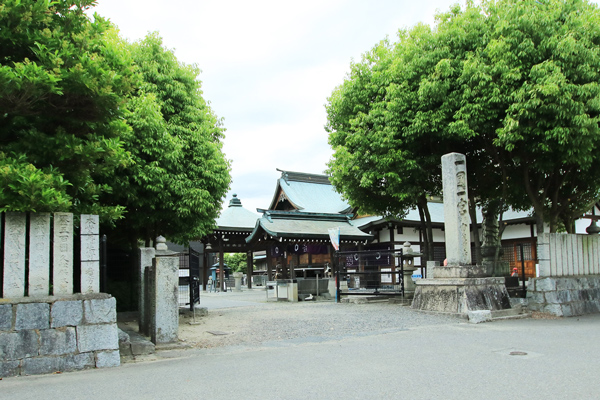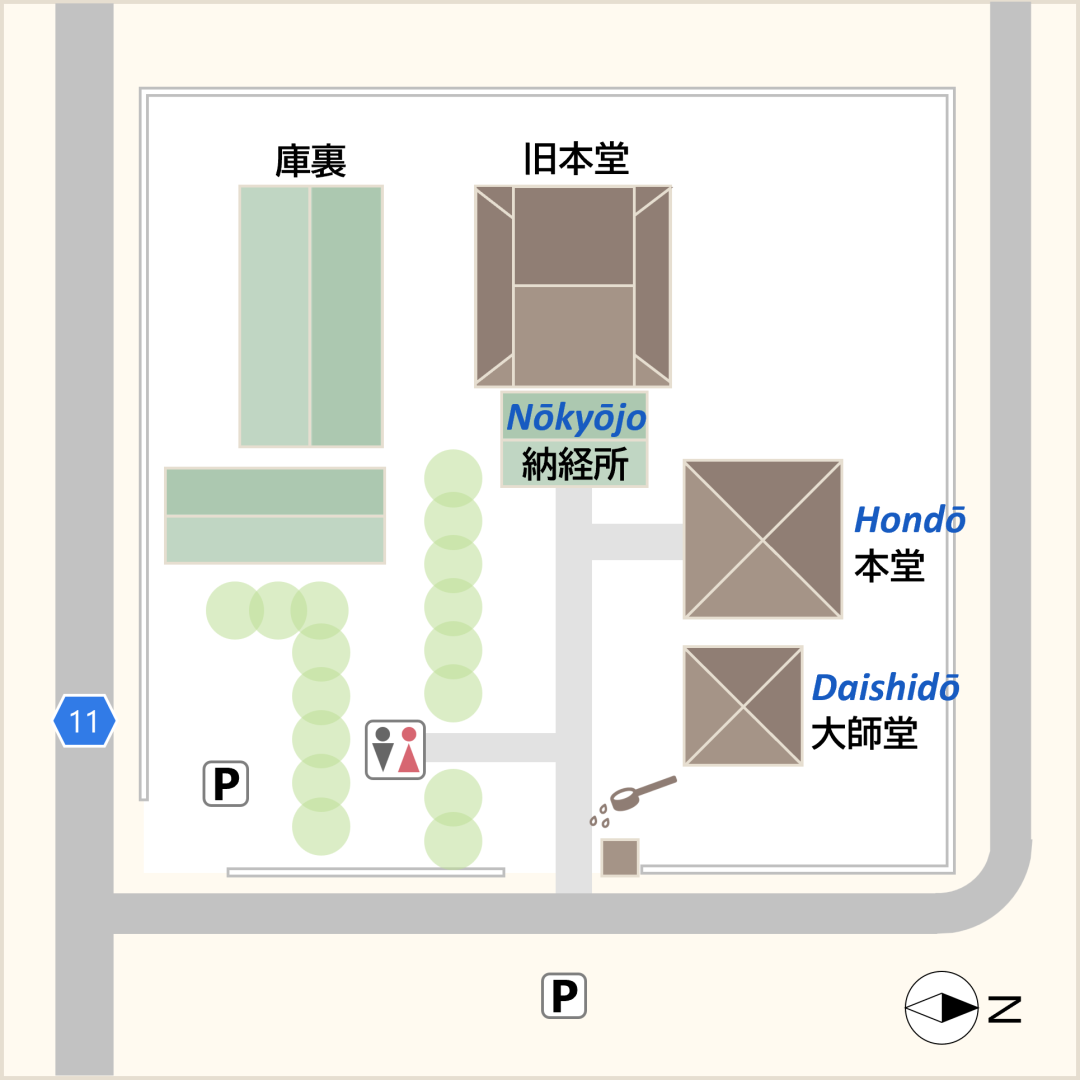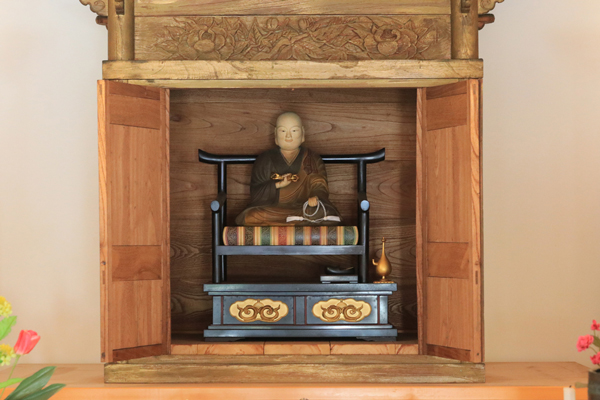The Shikoku Pilgrimage Temple Guide
Temple 62, Hōjuji

Precinct map

History of the temple
The temple once flourished as a family temple of the Iyo-Mishima Navy and as a temple to maintain the Oyamazumi Shrine.
During the Tempyo period (729-749) Emperor Shomu (reigned 724-749) built an imperial temple known as Ichinomiya in each prefecture. The Ichinomiya Shrine for Iyo (Ehime) was also built here. It enshrines three deities, including Okuninushi no Okami. In addition, the Yamato priest Dōji Risshi (? -744), by order of the emperor, built the temple to maintain the Ichinomiya temple and shrine. This temple was the predecessor of Hōjuji. The emperor dedicated a copy of the Konkomyo Saisho-o Sutra to the temple. The temple was then located not at its present location but in Shiratsubo, downstream along the Nakayama River which flows about one kilometer north of the current temple.
Kobo Daishi visited this area during the Daido period (806-810). He stayed at the temple for a long time and carved a statue of Juichimen Kannon Bosatsu (Eleven-faced Bodhisattva Who Hears the Sounds of the World) in the image of Empress Komyo, the wife of Emperor Shomu. He designated it as the principal image, renamed the temple Hōjuji, and made the temple part of the Shikoku Pilgrimage.
At that time, the wife of the provincial governor, who was a member of the Ochi family, was suffering from a difficult childbirth and asked Kobo Daishi to pray for her. Kobo Daishi prayed to the principal image and blessed her with water from a sacred source called Tamanoi (no longer extant). The woman gave birth to a baby boy that looked like a ball. Because of this, the principal image of the temple is also prayed to for safe childbirth. However, due to repeated flood damage from the Nakayama River, the temple was rebuilt in 1145 and the mountain name (temples are metaphorically called mountains) was changed to Tenyōzan (Heavenly Nourishment Mountain).
After that, Hōjuji flourished as a temple to support the Oyamazumi Shrine. At that time, the syncretism of Shintoism and Buddhism was practiced in Japan. People visited and prayed before both Hōjuji and Oyamazumi Shrine. However, they were both destroyed in 1585 when Toyotomi Hideyoshi conquered Shikoku. In 1636, Hōjuji was restored and moved to a different site by Yuden Shonin. In 1679, to avoid flooding, Oyamazumi Shrine was moved by order of the feudal lord. It was rebuilt next to the temple.
During the movement to abolish Buddhism at the beginning of the Meiji period (1868-1912), Hōjuji was separated from the shrine and closed. In 1877, Oishi Ryuhen Shonin rebuilt it on the south side of the shrine, and in 1921, with the construction of the Yosan Line railroad, it was moved farther south to its current location.
Highlights
Yakuyoke Daishi
This is a 36.0 cm tall painted wooden statue with crystal eyes. It is housed in a wooden case. This statue holds a vajra in his right hand and a string of prayer beads in his left hand, touching the knee. A water bottle and shoes sit on the base of the statue. Both the statue and the case were supposedly made in the early Edo period (1603-1868). This statue has power to ward off bad luck if you chant Namu Daishi Henjo Kongo (the mantra of Kobo Daishi) as many times as your age.
Standing image of the Juichimen Kannon Bosatsu
This statue was donated by a group of local people when Hōjuji moved to its current location. It is believed to have power to grant safe delivery, just like the principal image. An inscription on the statue says, "March, 1923, for the protection of all women, national peace, fulfillment of wishes, and safe delivery.”
Founder of Reestablishment
The temple was moved and reestablished in its present location in 1636 by a Shikoku pilgrim and priest, Yuden Shonin.
Signpost
A signpost built by Shinnen, which was located to the left of the temple gate in front of a sago palm tree, is now in the Museum of Ehime History and Culture. A sign related to the 254th pilgrimage by Nakatuska Samohei is next to the temple gate.

Details
Names: Tenyōzan, Kannonin, Hōjuji
Denomination: Koyasan Shingon sect
Principal Image: Juichimen Kannon Bosatsu
Founder: Emperor Shomu
Founded: Tempyo era (729-49)
Access
Address: 428, Shinyashiki-ko, Komatsu-cho, Saijo City, Ehime 799-1101
Phone: 0898-72-2210
Parking: 2 buses
Lodging: None
Official website: None
